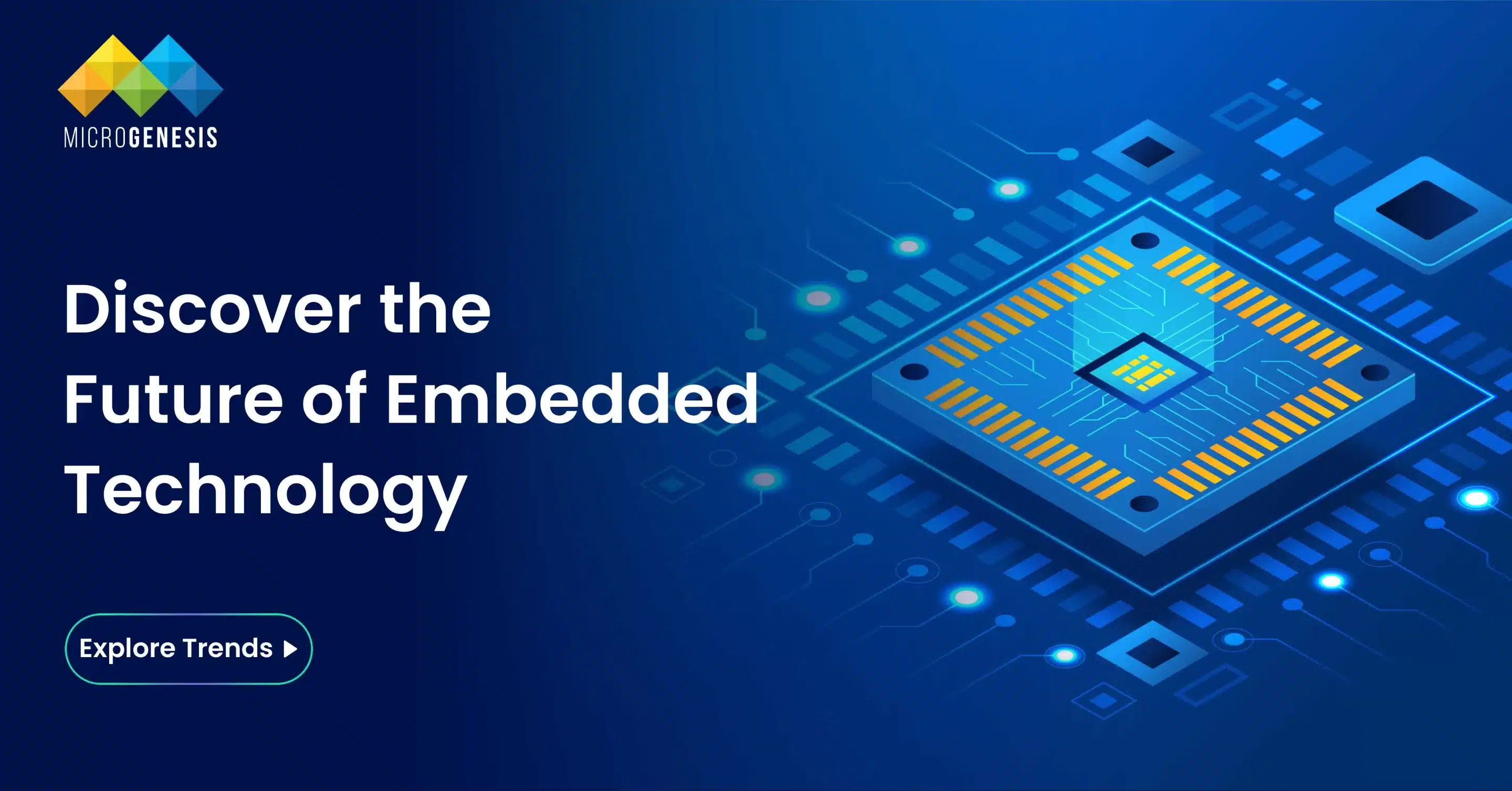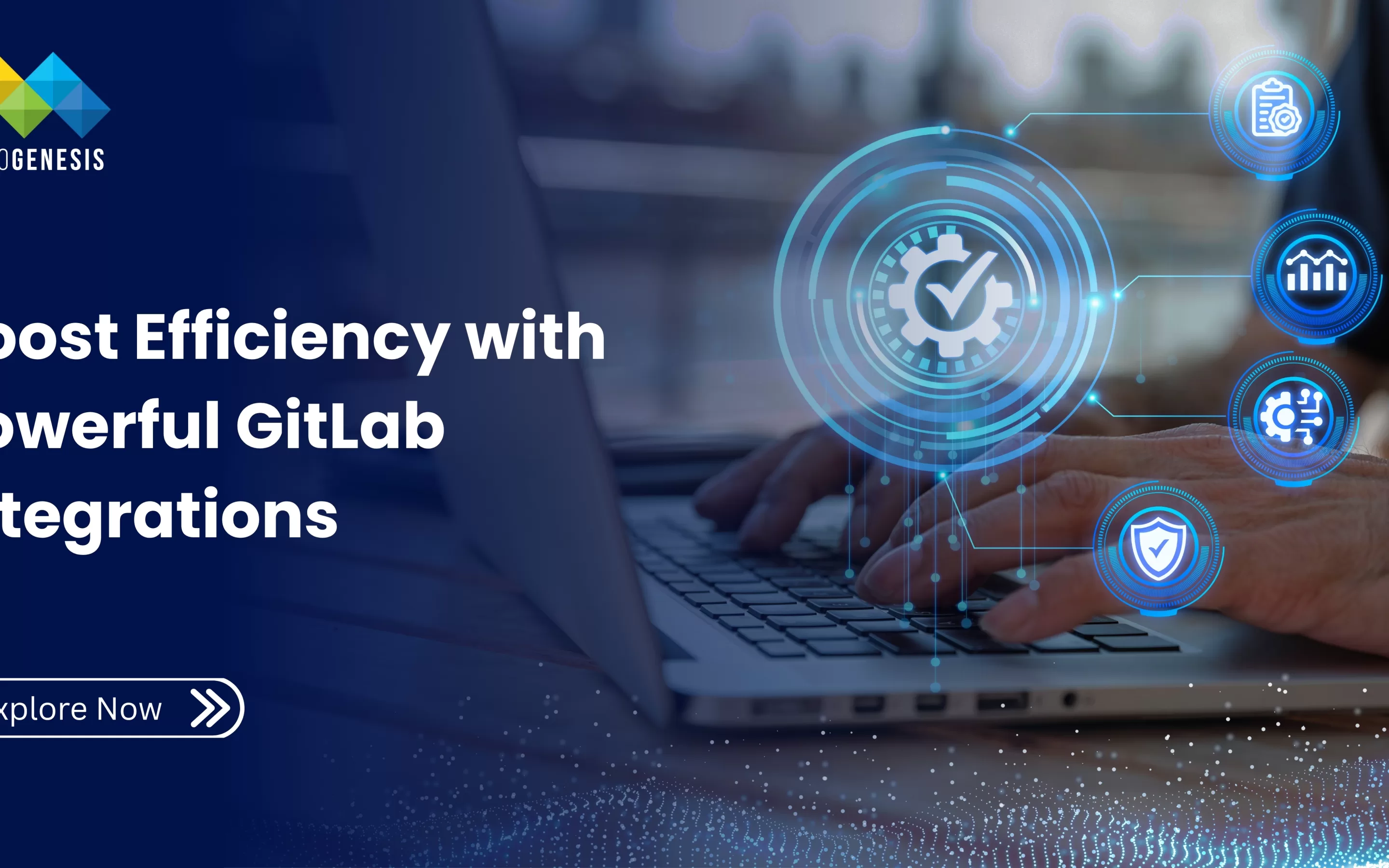The world of embedded technologies is evolving faster than ever before. What began as simple control systems in industrial and consumer electronics has now become the foundation of intelligent, connected ecosystems — from autonomous vehicles and smart factories to wearable healthcare devices and next-generation robotics.
As technology advances, embedded systems are no longer static or isolated. They are dynamic, data-driven, and increasingly intelligent, forming the core of modern digital transformation. The convergence of AI, IoT, cloud computing, and edge processing is redefining how embedded solutions are designed, deployed, and managed.
This article explores the most prominent emerging embedded technologies that every engineer, business leader, and technologist should understand — innovations that are transforming industries and shaping the future of intelligent devices.
2. What Are Embedded Technologies?
Embedded technologies refer to the hardware and software innovations that enable embedded systems to perform specialized functions efficiently and autonomously.
They include:
- Microcontrollers (MCUs) and microprocessors (MPUs) that act as the computational cores.
- Embedded software and firmware that define logic, control, and communication.
- Sensors and actuators that interface with the physical world.
- Connectivity modules that link systems to networks, cloud platforms, or other devices.
- Security, AI, and analytics layers that enhance intelligence and resilience.
In short, embedded technologies combine engineering precision and computational intelligence to power devices that quietly but profoundly impact our daily lives.
3. The Evolution of Embedded Systems
For decades, embedded systems were characterized by simplicity and isolation. Their functions were fixed, and their software rarely changed after deployment.
However, several transformative forces have redefined embedded design in the 21st century:
- Connectivity: Devices are now connected to the Internet of Things (IoT), enabling real-time communication and remote management.
- Intelligence: Embedded AI allows devices to make data-driven decisions locally.
- Cloud and Edge Integration: Systems now operate in hybrid environments, sharing intelligence across devices and servers.
- Miniaturization: Advanced semiconductors enable powerful yet compact embedded solutions.
- Security: With connectivity comes risk, making cybersecurity integral to design.
Together, these advances have created a new generation of smart embedded systems — adaptive, scalable, and central to digital ecosystems.
4. Key Emerging Embedded Technologies
The following sections highlight the most significant emerging technologies transforming the embedded landscape in 2025 and beyond.
4.1 Artificial Intelligence and Machine Learning in Embedded Systems
Artificial Intelligence (AI) and Machine Learning (ML) are no longer confined to cloud data centers. Thanks to advances in embedded processors and edge accelerators, AI is now being executed directly on devices — a paradigm known as Edge AI.
Applications:
- Real-time image recognition in drones and security systems.
- Predictive maintenance in industrial IoT equipment.
- Voice and gesture recognition in consumer electronics.
- Health monitoring through wearable devices.
Enabling Technologies:
- Tensor Processing Units (TPUs) and Neural Processing Units (NPUs) designed for low-power AI inference.
- Frameworks such as TensorFlow Lite, PyTorch Mobile, and Edge Impulse for on-device learning.
- AI-optimized microcontrollers (e.g., ARM Cortex-M55, Renesas RA6M5) that combine efficiency with intelligence.
Impact:
Embedded AI enables autonomy and context awareness, making devices smarter and reducing latency by minimizing cloud dependency.
4.2 Internet of Things (IoT) and Industrial IoT (IIoT)
The Internet of Things remains a cornerstone of modern embedded technologies. IoT and its industrial counterpart, IIoT, integrate sensors, actuators, and connectivity modules to collect, transmit, and process data across devices and platforms.
IoT Trends:
- Low-Power Wide-Area Networks (LPWANs) like LoRaWAN and NB-IoT for remote, battery-powered devices.
- Edge computing for localized analytics and reduced cloud traffic.
- Interoperability frameworks such as Matter and OPC UA for seamless cross-device communication.
Industrial Impact:
- Predictive maintenance of machinery using sensor data.
- Process automation in smart factories.
- Asset tracking and environmental monitoring in logistics.
IoT is transforming embedded systems into connected, self-aware components of broader digital ecosystems.
4.3 Edge Computing and Distributed Intelligence
Traditional cloud architectures cannot always meet the low-latency requirements of real-time embedded applications. Edge computing addresses this by bringing computation closer to the data source.
In an edge-enabled ecosystem, embedded systems not only gather data but also analyze it locally — reducing dependency on centralized servers.
Dig Deeper: System Modeling: The Key to Validating Requirements and Building Embedded Systems
Advantages:
- Reduced latency: Real-time processing for applications like autonomous vehicles.
- Bandwidth optimization: Only critical data is transmitted to the cloud.
- Enhanced privacy: Sensitive data can remain within the local network.
Use Cases:
- Smart grids for energy distribution.
- Intelligent traffic control systems.
- Remote healthcare and diagnostics.
As embedded processors gain AI and ML capabilities, edge intelligence becomes the new standard for mission-critical applications.
4.4 RISC-V and Open-Source Hardware
One of the most disruptive developments in embedded technologies is the rise of RISC-V, an open-source processor architecture that offers flexibility, transparency, and cost efficiency.
Unlike proprietary architectures (e.g., ARM or x86), RISC-V is open and customizable, allowing engineers to tailor designs to specific applications — from IoT sensors to high-performance AI accelerators.
Benefits:
- Reduced licensing costs and greater innovation freedom.
- Enhanced security through open auditability.
- Rapid prototyping and community-driven development.
RISC-V is rapidly gaining traction among embedded software and hardware companies, promising a new era of democratized chip design.
4.5 Real-Time Operating Systems (RTOS) Evolution
Modern embedded applications often require multitasking and deterministic timing. This has led to the evolution of sophisticated RTOS platforms that ensure reliability, scalability, and safety.
Popular RTOS Platforms:
- FreeRTOS – lightweight, ideal for IoT applications.
- Zephyr OS – open-source and modular, backed by the Linux Foundation.
- VxWorks – widely used in aerospace and defense.
- QNX Neutrino – preferred for automotive safety-critical systems.
Trends in RTOS Development:
- Integration with cloud services (AWS, Azure).
- Built-in security modules.
- Support for heterogeneous multicore processors.
These systems form the backbone of time-critical embedded applications where reliability and determinism are non-negotiable.
4.6 Advanced Connectivity and 5G Integration
Connectivity has always been central to embedded innovation, but 5G and next-generation wireless technologies are transforming possibilities.
With ultra-low latency, high bandwidth, and massive device density, 5G enables embedded systems to operate with unprecedented responsiveness and reliability.
Impact on Embedded Design:
- Real-time data exchange in autonomous vehicles and drones.
- Industrial robotics operating over private 5G networks.
- High-speed video and sensor data streaming for remote monitoring.
Beyond 5G, technologies like Wi-Fi 6, Bluetooth Low Energy (BLE), and Ultra-Wideband (UWB) are enhancing embedded connectivity for both consumer and industrial applications.
4.7 Low-Power Embedded Design
Power efficiency remains a defining constraint for embedded systems, particularly for IoT and wearable devices. Emerging innovations in low-power microcontrollers, energy harvesting, and sleep-mode optimization are extending battery life dramatically. By integrating embedded DevOps solutions, organizations can optimize development workflows, automate testing, and ensure continuous delivery of energy-efficient, reliable embedded systems.
Trends:
- Sub-1µA sleep currents in ultra-low-power MCUs.
- Solar and kinetic energy harvesting modules.
- Dynamic power scaling based on workload analysis.
Energy efficiency is no longer just an optimization — it’s a sustainability imperative shaping the next generation of embedded products.
4.8 Security-First Embedded Architectures
As devices become interconnected, cybersecurity has emerged as one of the most critical priorities in embedded technologies. Compromised devices can jeopardize user safety, business operations, and even national infrastructure.
Key Security Innovations:
- Hardware-based root of trust (RoT): Cryptographic foundations built into silicon.
- Secure boot and code signing: Ensuring firmware authenticity.
- Encryption and key management: Protecting data in motion and at rest.
- Over-the-Air (OTA) secure updates: Maintaining device integrity throughout its lifecycle.
Embedding security into design — not adding it as an afterthought — is now a fundamental engineering discipline.
4.9 Embedded Systems in Artificial Intelligence of Things (AIoT)
AIoT represents the convergence of AI and IoT — where embedded systems collect, process, and act on data autonomously.
From smart manufacturing to connected healthcare, AIoT devices are driving operational efficiency and innovation.
Examples:
- Smart city infrastructure managing traffic, lighting, and waste autonomously.
- Agricultural sensors optimizing irrigation and crop management.
- Intelligent home devices learning user behavior to improve energy efficiency.
AIoT combines embedded intelligence with ubiquitous connectivity, unlocking the next frontier of automation.
4.10 Digital Twins and Simulation in Embedded Design
A digital twin is a virtual model of a physical system that mirrors its real-world behavior.
In embedded design, digital twins allow engineers to simulate hardware–software interactions before physical prototyping.
Benefits:
- Accelerated product development and testing.
- Early detection of design flaws.
- Continuous performance optimization through real-time data feedback.
Tools such as MATLAB/Simulink, ANSYS Twin Builder, and Siemens Digital Industries Software are leading the charge in this space.
5. The Future of Embedded Technologies
The trajectory of embedded technologies points toward increasing intelligence, autonomy, and sustainability.
Some defining trends for the near future include:
- Convergence of Embedded and Cloud Systems: Hybrid architectures where cloud and edge co-manage workloads.
- Hardware–Software Co-Design: Unified design approaches accelerating innovation.
- Quantum and Neuromorphic Processing: Future embedded chips capable of brain-inspired or quantum computation.
- Standardization and Interoperability: Global frameworks enabling seamless communication across devices.
- Green Embedded Engineering: Eco-friendly materials, energy-efficient chips, and sustainable manufacturing.
These innovations will redefine industries — from smart cities and autonomous mobility to defense, healthcare, and beyond.
6. Conclusion
Embedded technologies are the invisible engines driving modern innovation. They form the connective tissue between the physical and digital worlds — sensing, processing, and acting intelligently in real time.
As advancements in AI, 5G, IoT, and open-source hardware continue to accelerate, embedded systems will become even more autonomous, secure, and intelligent. Partnering with Top Custom Software Development Companies like MicroGenesis enables organizations to design and implement cutting-edge embedded solutions that power smarter, more connected products across industries.
For organizations and engineers, the key to success lies in staying ahead of the curve — embracing innovation, mastering integration, and designing with scalability, security, and sustainability in mind.
In essence, the evolution of embedded technologies marks not just a technical advancement but a strategic opportunity. By leveraging expert embedded software development services, organizations can design, develop, and deploy intelligent, connected systems that drive innovation and deliver long-term value. before.




